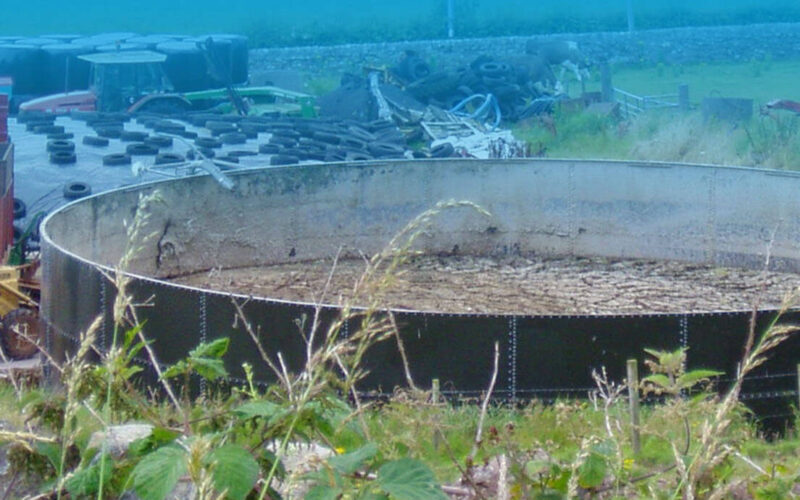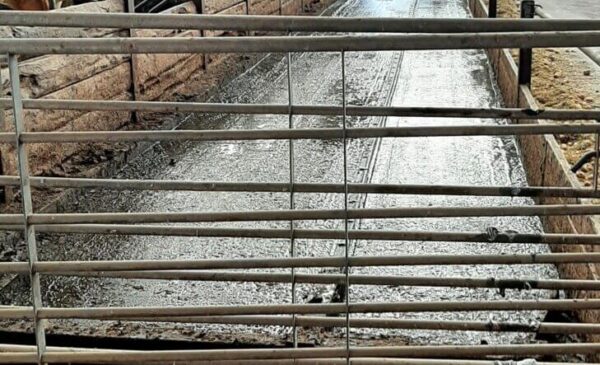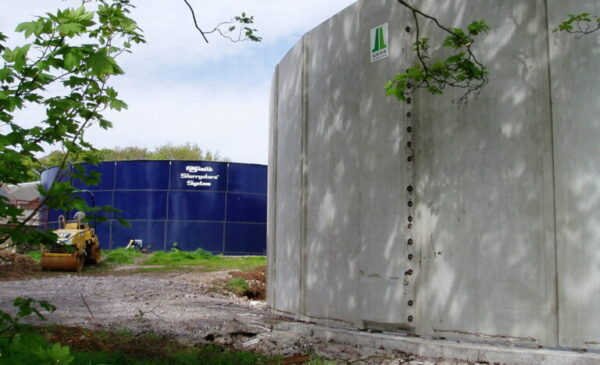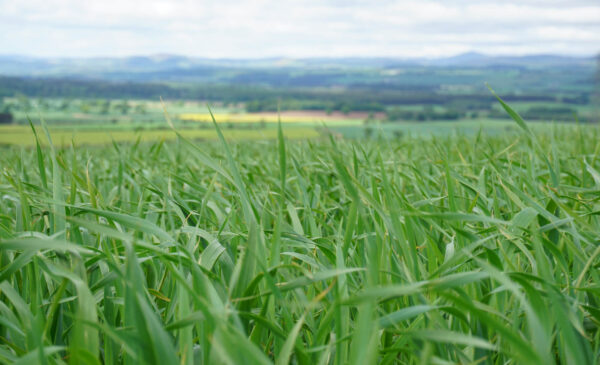Slurry and manures provide a valuable source of organic matter and crop nutrients for the farm business. Rich in N (nitrogen), P (phosphorus) and K (potassium) and other trace elements, they can save you money when nutrient value is considered as part of the farm nutrient budget and applied in line with the needs of the growing crop.
However, livestock slurry, manure or effluents from the farm steading can be highly polluting if mis-managed. This pollution can affect both inland, coastal and groundwaters plus air quality leading to long lasting impacts on our environment and affect human health.
Good practice around slurry management minimises loss of nitrogen from the slurry and maximises nutrient uptake by a crop following targeted application. The nutrient content of slurry applied to land must be accounted for and balanced against applications from bagged fertilisers to achieve target yields, reducing oversupply and potential for losses. There is more detail on this in Know the Rules Factsheet 8 Organic Fertiliser Application.
Examples of good nutrient management include:
- Covering slurry stores.
- Application using low emission/precision application techniques.
- Nutrient management planning; including soil testing results, nutrients in organic fertilisers and crop requirement.
- Timely application; in line with the needs of the growing crop and at a time when there is low risk of leaching.
- Ensure application is carried out in suitable conditions; appropriate weather conditions, avoid waterlogged soil, erosion.
Further information
- Read an overview of the changes to the regulations relating to slurry and manures.
- More information on Environmental Authorisations (Scotland) Regulations (EASR) can be found here.
- Learn more about the regulations relating to slurry and manure management at NetRegs.
- Visit the Farming and Water Scotland website to read the Know the Rules Factsheets and to read frequently asked questions (FAQ’s) from other farmers about the changes to the regulations.
- Learn more about the impact of ammonia from slurry and manures at NetRegs.
There are various types of slurry, manures and effluents produced during routine farming operations; all have a high polluting potential if not contained and correctly treated. Slurry and manures contain valuable fertilisers, therefore, should be factored into the farm nutrient budget and not treated as a waste product.
- Farmyard manure (FYM) – faeces and urine from livestock, with or without accompanying litter such as straw, hay, or bedding. It is stackable and stored in a yard midden or field heap, prior to timely application to the growing crop.
- Slurry – defined in the legislation as “excreta, including any liquid fraction, produced by livestock whilst in a yard or building; or a mixture consisting wholly of or containing such excreta, bedding, feed residues, rainwater and washings from a building or yard used by livestock, dungsteads or middens, high level slatted buildings and weeping wall structures or any combination of these, provided such excreta is present”.
- Silage effluent – produced from any forage crop, which is being made, or has been made, into silage. It is also defined as a mixture consisting wholly of or containing such effluent, rain or groundwater emanating from a silo, silage effluent collection system or drain. It is highly polluting, rapidly striping oxygen from the water, killing fish, plants and other aquatic life. Silage effluent is also highly acidic and attacks steel and concrete surfaces, causing deterioration of cracks and joints in silo floors, collection channels and tanks, making it very difficult to contain and collect all the effluent. Table 1.2 shows the typical volume of effluent likely to be produced on ensiling, and how this varies significantly with the dry matter of the crop ensiled.
Table 1.2 Dry matter content of grass ensiled and quantity of effluent produced.
| Dry matter content of grass ensiled (%) | Effluent production (litres/tonne of grass ensiled) |
| 10 – 15 | 450 – 360 |
| 16 – 20 | 300 – 50 |
| 21 – 25 | 90 – 0 |




